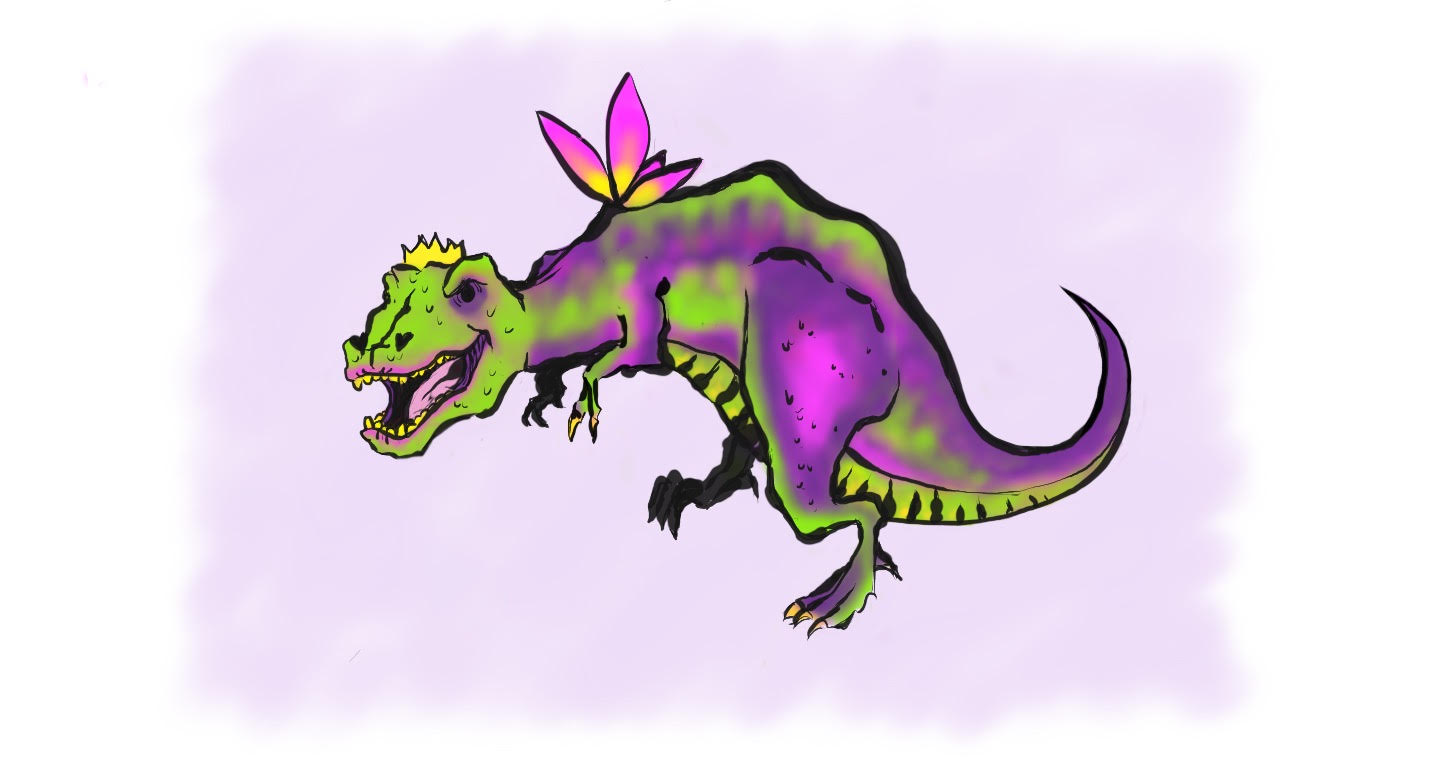When most people picture flying dinosaurs, they picture beasts like pterodactyls and the pterosaurs. Although iconic to fossils of the Jurassic period, these flying reptiles were not dinosaurs at all, but instead a distant dinosaur cousin called archosaurs that flapped their forelimbs to achieve flight. However, scientists have recently found evidence of another type of flight that is unique to just two species of dinosaurs. One hundred and sixty million years ago, strange bat-like dinosaurs glided across the canopy of prehistoric forests: These creatures were Yi and Ambopteryx.
In a new study, an international team of researchers sought to determine whether gliding and powered flight were possible for these winged dinosaurs. The researchers scanned Yi and Ambopteryx fossils using laser-stimulated fluorescence imaging. This technique uses highly amplified light to identify soft tissue details of wing membranes that are invisible when conducting ultraviolet light analysis, the standard imaging practice in the field.
Yi and Ambopteryx were scansoriopterygid theropods that lived 160 million years ago during the middle to late Jurassic period, in an area that is modern-day China. Scansoriopterygidae were a family of bizarre arboreal and semi-arboreal theropods with an enlarged fourth digit. Yi and Ambopteryx were not large, weighing only half a kilogram and living on a diet of insects, seeds, and plants. Their membranous wings, similar to those of bats, were formed from the webbed skin between their elongated fingers.
From their imaging results, the team, which included Dr. Hans Larsson, Director of McGill’s Redpath Museum, used mathematical models to predict the dinosaurs’ flight and gliding capabilities. The predictions were based on the dinosaurs’ weight, wingspan, wing shape, and muscle placement. Researchers concluded that Yi and Ambopteryx were incapable of powered flight.
“The results are clear,” Larsson said in an interview with McGill Newsroom. “These animals were not able to fly like birds. They didn’t have adaptations to even get close to the physical thresholds for powered flight, but their weird membranous wings do give them enough of an aerofoil to have glided.”
The study found that these creatures had severe deficiencies in flapping-based locomotion and limited gliding abilities, suggesting that they were, at best, only able to clumsily glide between trees.
To achieve gliding, Yi and Ambopteryx would have had to first climb to an elevated position. As such, it is unlikely that their proto-flying abilities evolved to escape predators on the ground.
“They are not comparable to living gliding squirrels or lizards, but seem to have come up with a really novel way of getting a large enough wing membrane,” Larsson said.
Unable to compete with other arboreal archosaurs and early birds, both species are predicted to have become extinct after just a few million years. Despite being a relatively short-lived species, Yi and Ambopteryx’s gliding abilities have important implications for the evolution of flight. Indeed, they represent a unique, but failed, evolutionary experiment, suggesting that dynamic and complex evolutionary pressures were acting upon dinosaurs in the middle to late Jurassic period. Moreover, this failed mode of flight does not correspond to early models of flight evolution in birds: The wings of these species are structurally distinct from those of other flying dinosaurs, which indicates multiple independent origins of flight.
“We used to think of birds evolving as a linear trend from their ground-dwelling dinosaur ancestry,” Larsson said. “We can now revise this textbook scenario to one that had an explosive diversity of experimentation, with dinosaurs evolving powered flight several times independently.”
The researchers’ discovery suggests that there is a lot more to learn about the evolution of flight, and that widely-held assumptions about evolution can be susceptible to change. According to Larsson, when it comes to figuring out the origins of flight, evolutionary scientists are still just scratching the surface.








